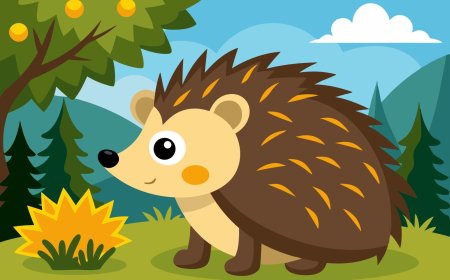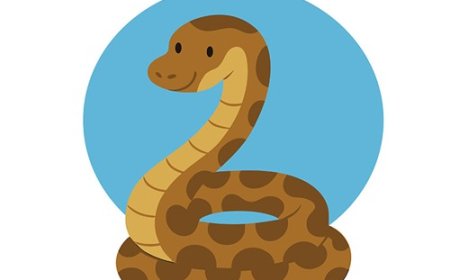Largest and Smallest Animals on Earth: Fascinating Size Extremes in Nature
Explore the world’s biggest and tiniest animals—from the giant blue whale to the tiny bumblebee bat. Learn fun facts about the extremes of animal size in this educational guide for students
🐘 Largest Animals (by Category)
Largest Animal Overall: Blue Whale (Balaenoptera musculus) – Up to 98 feet long and 180 tons in weight.
Largest Land Animal: African Elephant (Loxodonta africana) – Up to 13 feet tall and 6 tons in weight.
Tallest Animal: Giraffe (Giraffa camelopardalis) – Up to 19 feet tall.
Largest Carnivorous Land Animal: Kodiak Bear / Polar Bear – Both can weigh up to 1,500 pounds (680 kg).
Largest Bird: Ostrich (Struthio camelus) – Up to 9 feet tall and 300 pounds.
Largest Reptile: Saltwater Crocodile (Crocodylus porosus) - – Up to 23 feet long and over 2,000 pounds.
Largest Fish: Whale Shark (Rhincodon typus)
– Up to 40 feet long.
Largest Insect (by wingspan): Atlas Moth – Wingspan of up to 12 inches.
🐜 Smallest Animals (by Category)
Smallest Mammal (by weight): Bumblebee Bat (Craseonycteris thonglongyai) – Weighs about 2 grams.
Smallest Mammal (by length): Etruscan Shrew (Suncus etruscus) – About 3.5–5 cm (1.3–2 inches) long.
Smallest Bird: Bee Hummingbird (Mellisuga helenae) – Around 2 inches long and weighs 1.6–2 grams.
Smallest Fish (and vertebrate): Paedocypris fish – Around 7.9 mm (0.3 inches) long.
Smallest Reptile: Brookesia nana (Nano Chameleon) – About 13 mm (0.5 inches) long.
Smallest Amphibian: Paedophryne amauensis (tiny frog) – Around 7.7 mm (0.3 inches) long.
Smallest Insect: Fairyfly (a kind of parasitic wasp) – As small as 0.14 mm (barely visible to the human eye).




















































